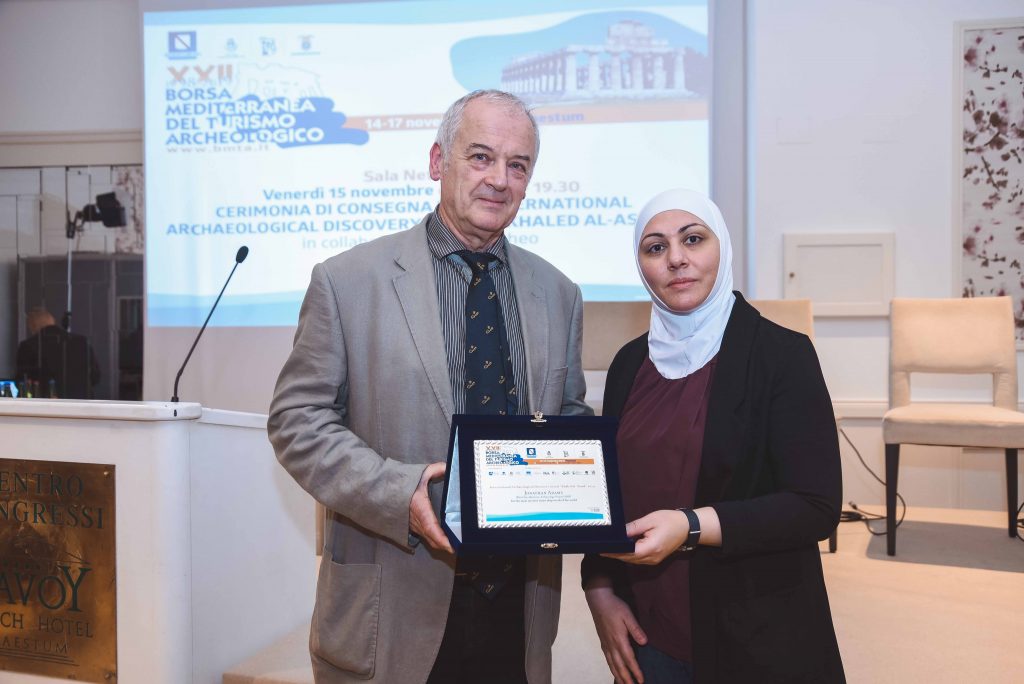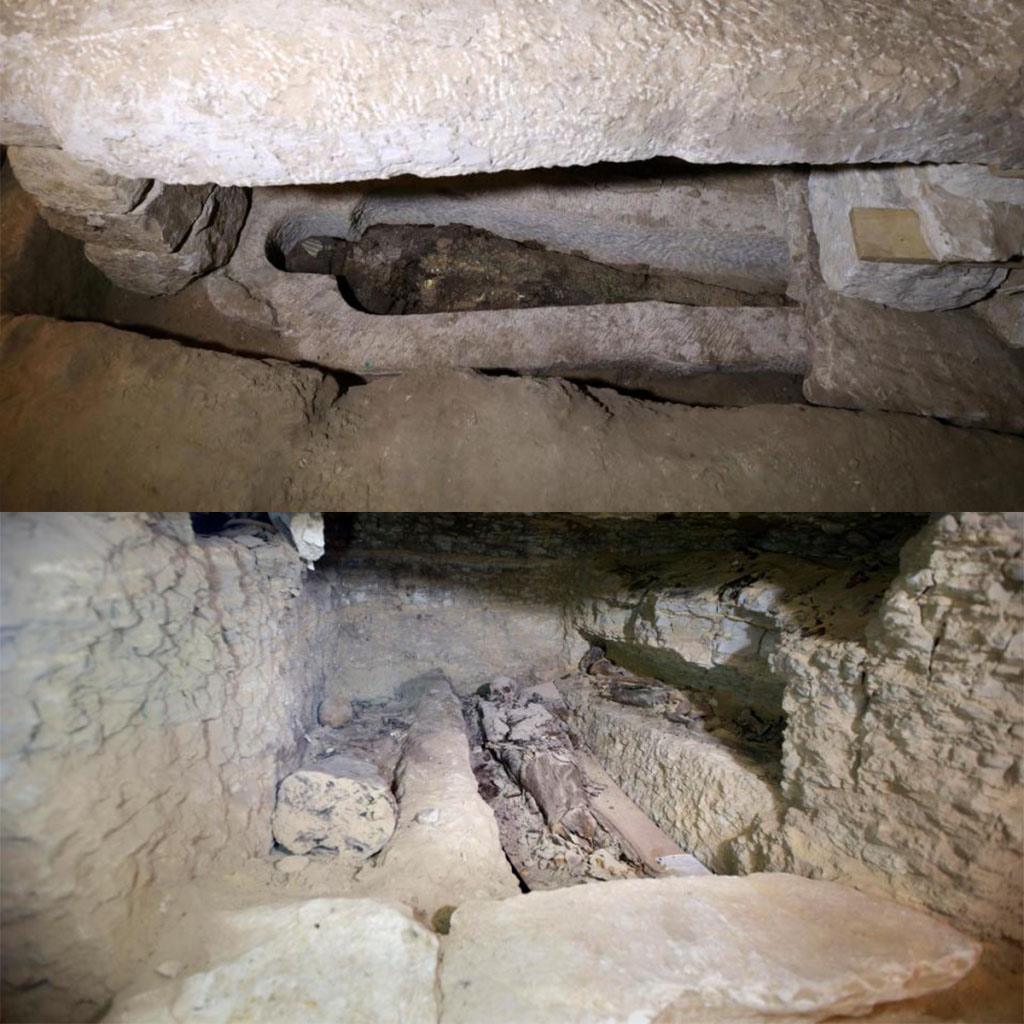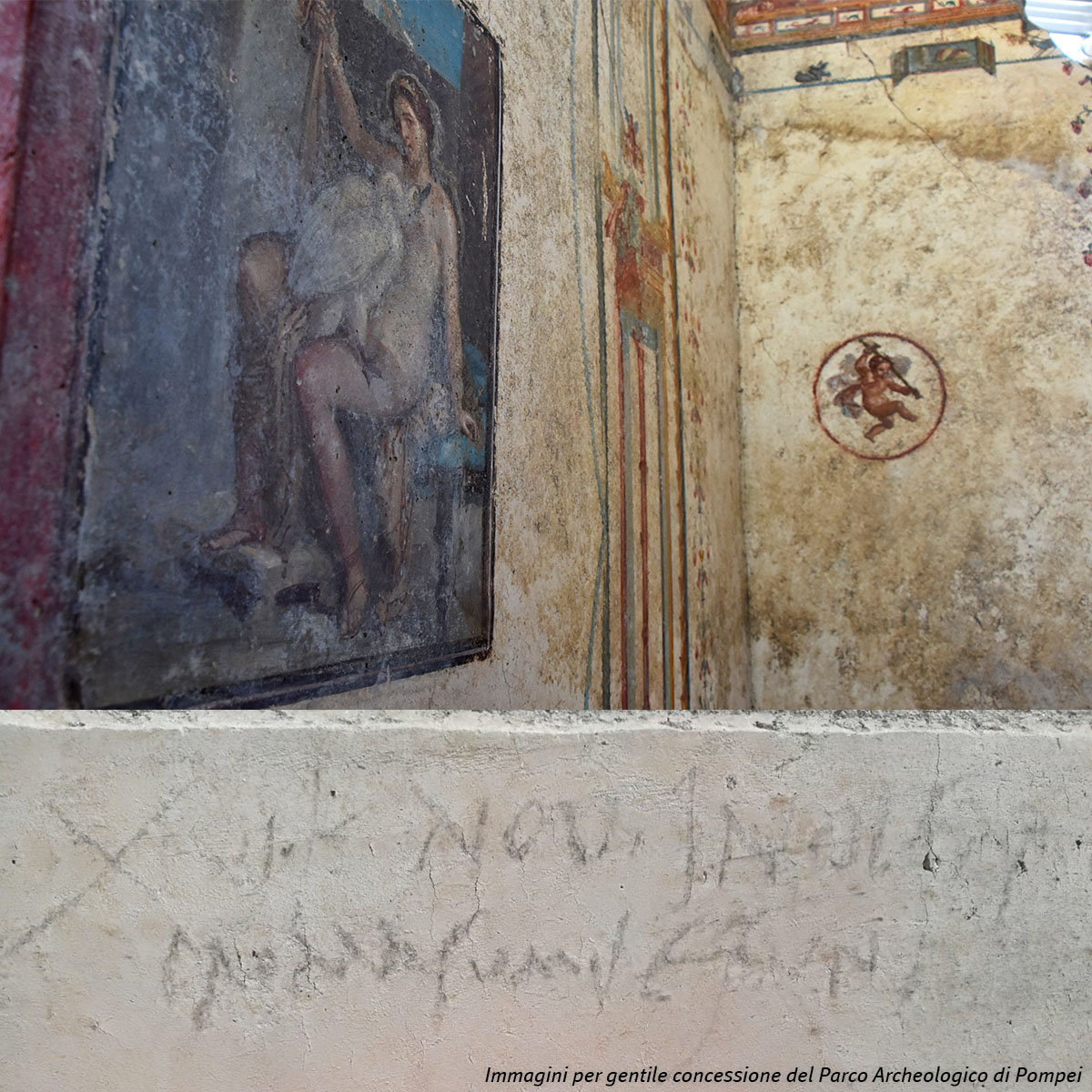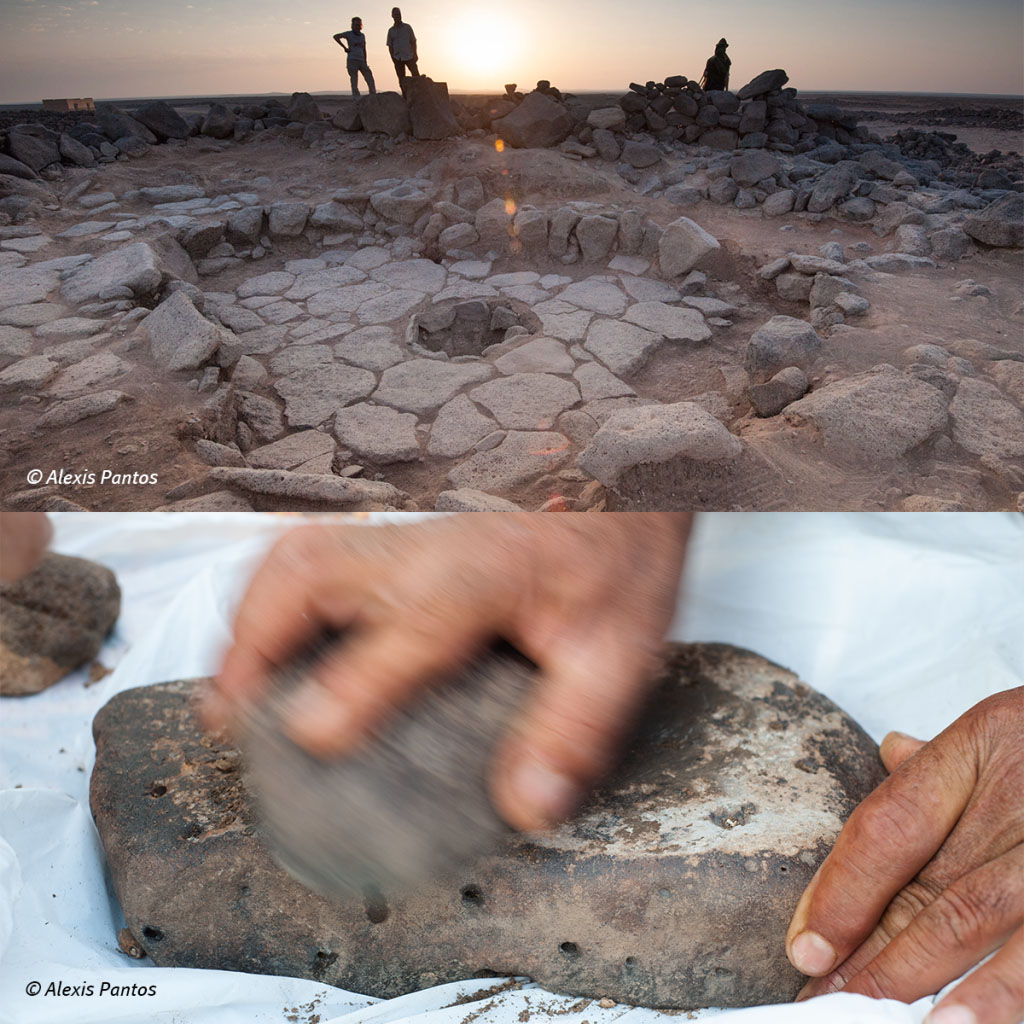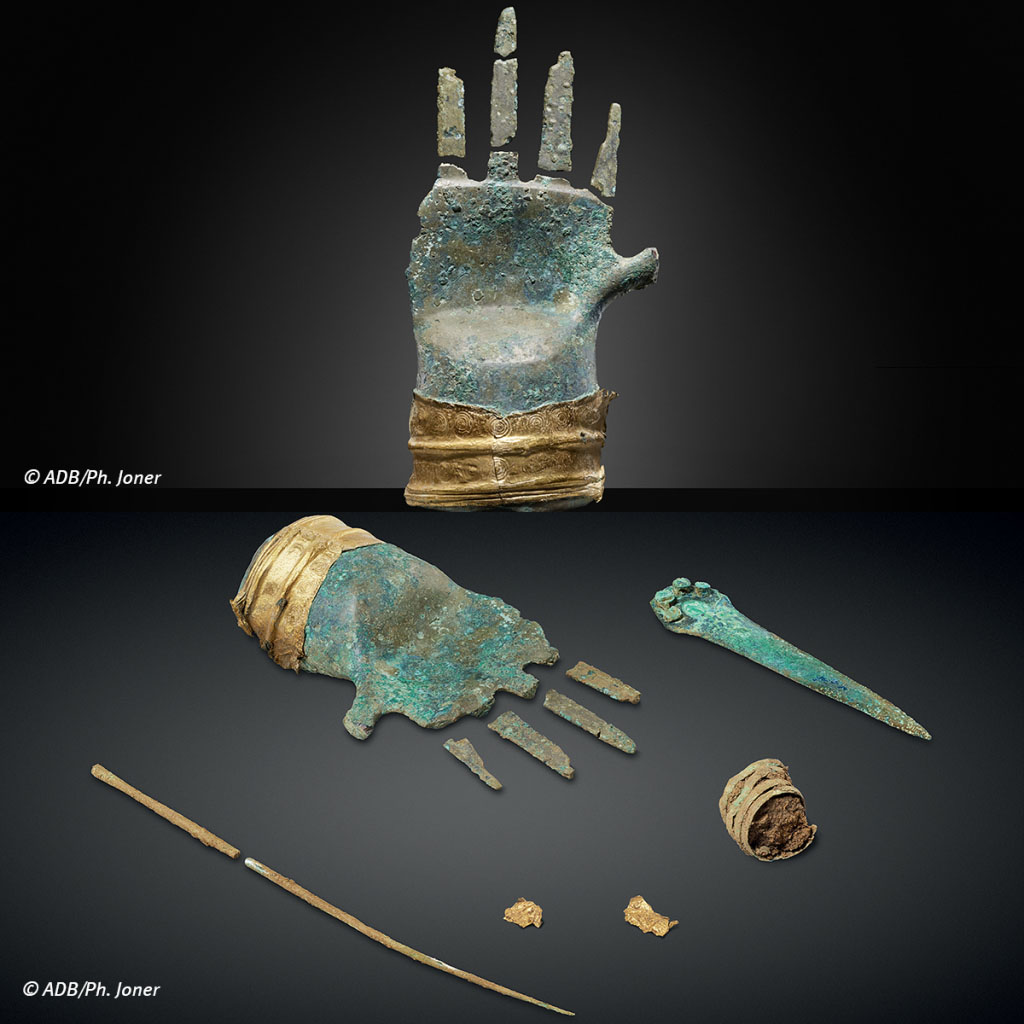International Archaeological Discovery Award “Khaled al-Asaad” 2015 (1st edition)
International Archaeological Discovery Award “Khaled al-Asaad” 2016 (2nd edition)
International Archaeological Discovery Award “Khaled al-Asaad” 2017 (3rd edition)
International Archaeological Discovery Award “Khaled al-Asaad” 2018 (4th edition)
The fifth edition of the International Archaeological Discovery Award “Khaled al-Asaad” was assigned to the discovery of “the most ancient intact shipwreck of the world”, according to the indications received by the five above-mentioned magazines.
The Award was given to Jonathan Adams, Responsible of Black Sea Maritime Archaeology Project (MAP), on Friday, November 15th 2019 at 18.30 at Nettuno Hall of Savoy Hotel Exhibition Centre at the presence of Fayrouz, archaeologist and daughter of Khaled al-Asaad, during the 22nd Mediterranean Exchange of Archaeological Tourism.
The “Special Award”, assigned to the archaeological discovery which received more approval from the wide public through the Facebook page of the Mediterranean Exchange of Archaeological Tourism, was given to “the most ancient bread of the world”, found in Jordan’s Black Desert by a group of researchers of the University of Copenhagen, the University of Cambridge and the University College of London: it is a loaf of charred unleavened bread, of about 14.000 years.
The five archaeological discoveries of 2018 which were candidate for the victory of the fifth edition of the Award were:
- Bulgaria: under the Black Sea the most ancient intact shipwreck of the world;
- Egypt: south of Cairo, an ancient mummification workshop;
- Jordan: the most ancient bread of the world;
- Italy: inscription and villas discovered in Pompeii;
- Switzerland: the most ancient metal hand found in Europe.
Bulgaria: under the Black Sea the most ancient intact shipwreck of the worldTwo km from the floor of the Black Sea, off the coast of Bulgaria, Black Sea Maritime Archaeology Project (MAP) discovered, thanks to the unusual chemical composition of Black Sea water and to the lack of oxygen below 180 mt, a wooden ship dating back 2.400 years. The ship has intact structural elements, such as the mast and decks of the rowers, never found before in such a good state of conservation, making it the most ancient known complete shipwreck found in the sea (Egyptian ritual vessels founds during the excavations, such as the Cheope one, are much more ancient indeed)The exploration lasted three years and led to the discovery of more than 60 historic wrecks. The 23 mt ship, recorded thanks to a remotely operated submarine equipped with video cameras, looks similar to the mercantile vessels painted on ancient Greek vases. A small fragment of the wreck has been extracted and analyzed with the radiocarbon dating system, proving it dates to the V century B.C., when Greek Cities-States had frequent trade relations with the Mediterranean Area and their colonies along the coast of the Black Sea. |
Egypt: south of Cairo, a mummification workshopThe Egyptian-German archaeological mission of the Supreme Council of Antiquities and of the University of Tübingen discovered south of the pyramid of Unas at the necropolis of Saqqara (30 km south of Cairo), 30 mt deep, an ancient mummification workshop (dating back to the XXVI and XXVII dynasty between VI-V century B.C.) with five sarcophagi and a golden silver funeral mask, 35 mummies, a wooden coffin, a great number of ushabti statues and oil vases. |
Italy: inscripition and villas discovered in PompeiiTwo villas with precious decorations come to life from Regio V of Pompeii thanks to the interventions of maintenance and securing of the Grande Progetto Pompei’s excavations: the House with Garden and the beautiful colonnade with frescoes and the spaces decorated with vivid megalographies, and the House of Jupiter with paintings in I style and exceptional floor mosaic with unprecedented design. Inscriptions and other remains of the victims, moreover, add details to the history of the eruption and of the ancient city. A charcoal inscription, in particular, a tangible sign of a moment of everyday life, upholds the theory that the eruption took place in October, not in August, an hypothesis already made by scholars for years. The massive intervention, involving more than 3 km of fronts, running around the 22 hectares of area still to be dug, has the purpose to reprofile the fronts, remodulating their slope and securing them, to avoid the dangerous pressure of the ground on the already discovered structures. The digging also revealed a wall painting, adding up to the beautiful ones of Venus and Adonis of the House with Garden and to the one of the House of Jupiter: it is the myth of Leda and the swan, portrayed on a fresco found in a cubicle (bedroom) of an House on Vesuvius Street. The erotic scene represents the union of Jupiter, morphed into a swan, and Leda, wife of Tyndareus, the King of Sparta. The discovery is very peculiar for the craftsmanship of the subject, which is “different from all of other ones found until today in other houses” and for the sensuality of the iconography. |
Jordan: the most ancient bread of the worldThe most ancient bread ever found, of about 14.000 years, has been discovered by a group of researchers of the University of Copenhagen, the University of Cambridge and the University College of London at Shubayqa 1, in Jordan’s Black Desert in the North-East of the country. |
Switzerland: the most ancient metal hand found in EuropeNext to the Lake Biel in the West area of the Canton of Bern, thanks to metal detectors during an environmental decontamination, the reproduction of a bronze hand was discovered: about ½ kg smaller than the normal size, the most ancient metal representation of a part of the human body ever found in Europe, dating back about 3.500 years. It features a sort of cuff covered in golden foil and an internal cavity with which, scholars think, the hand could be assembled on a cane or a statue. Thanks to the radiocarbon dating of a small portion of the organic glue used to paste the golden foil on the “wrist” of the sculpture, it was to verify that the object is very old, dating back between 1.400 and 1.500 B.C. Metal tools in Bronze Age tombs are rare and gold is much rarer, so it is a unique discovery in Europe and maybe beyond European borders. The internal cavity suggests it could have decorated a statue, be mounted on a cane and hold like a scepter, or even be worn like a prosthesis during a ritual, all unconfirmed theories. |

